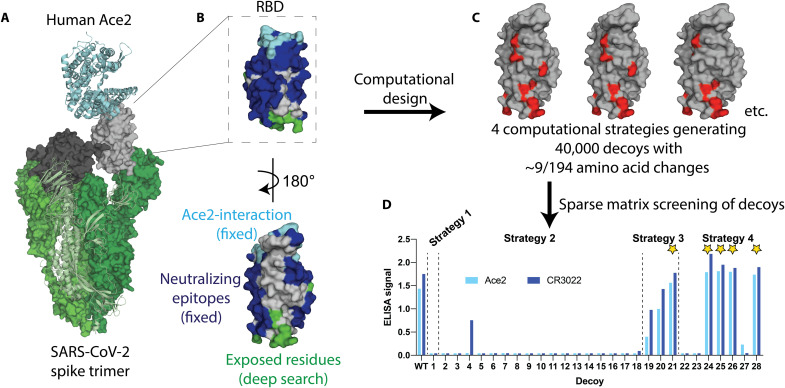Fig. 1. Overview of SPEEDesign pipeline used to create RBD immunogens.
(A) The SARS-CoV-2 spike trimer (green) binds human Ace2 (cyan) to mediate viral entry. This interaction is mediated by the up conformation of the RBD (gray), which can also exist in a down conformation (black). (B) The RBD design process retained the Ace2-interaction surface (cyan) and all known SARS neutralizing epitopes (blue). Residues exposed upon isolation of the RBD (green) were heavily designed, while all other residues (gray) were designed more conservatively. (C) Four computational strategies were used to create 40,000 decoys, each of which has an average of nine amino acid changes (red) from the native SARS-CoV-2 sequence. (D) Twenty-eight sequences sampling the top scoring decoys were screened in vitro, identifying five lead candidates (stars).

